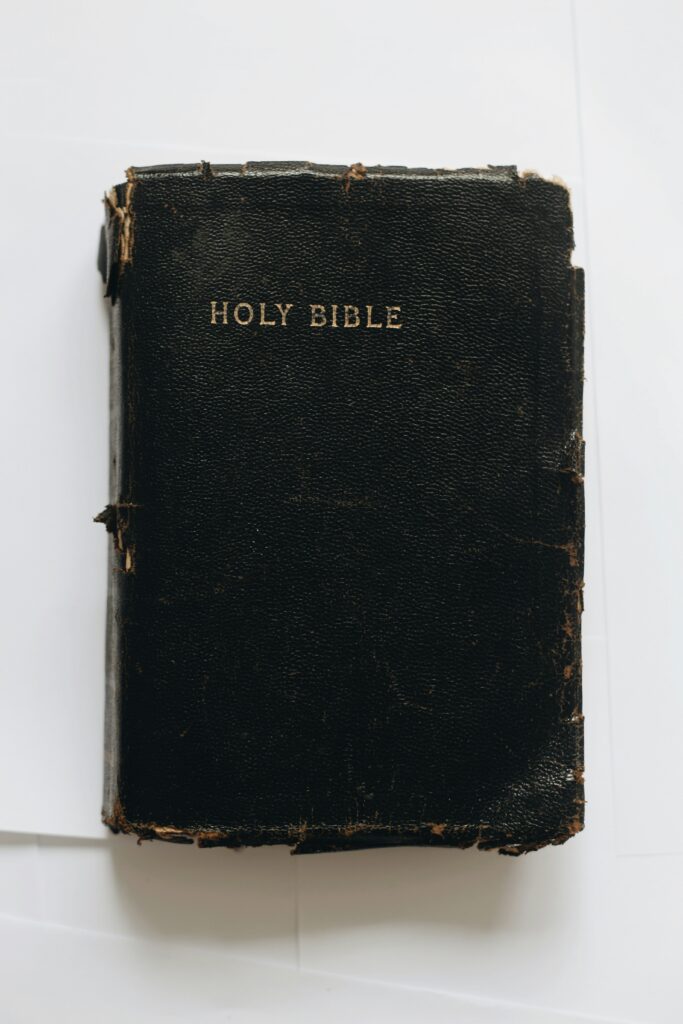The Claim
The Deuterocanonical books (7 books not in the protestant Bible) are often criticized for teaching questionable doctrines, such as the use of magic (Tobit 6:5-9), prayers for the dead (2 Maccabees 12:43-46), and intercessory visions (2 Maccabees 15:11-16).
However, similar themes appear in the Protocanonical (traditional Old Testament) books, which are not questioned or rejected. In this article I want to show how this double standard highlights a bias against the Deuterocanon. If we apply the same logic used to reject the Deuterocanon, it would also challenge the authority of several accepted Old Testament passages. Here is one article that reflects a common Protestant Objection. Let’s look at some of the claims.
1. “The Deuterocanon Teaches Witchcraft”
This criticism arises from the belief that Tobit endorses magical practices. However, the use of physical means for healing or influence—under divine instruction—is not uncommon in the Hebrew Bible. If Tobit 6:5-9 is dismissed for allegedly promoting witchcraft, the same logic could be applied to Genesis 30:37-39, where Jacob uses peeled branches to influence livestock breeding.
In Tobit 6:5-9: The angel Raphael instructs Tobias to use the heart, liver, and gall of a fish to heal his father’s blindness and drive away a demon. In Genesis 30:37-39: Jacob uses peeled branches in the watering troughs of livestock to influence their breeding patterns.
2. Angelic Interactions and Divine Assistance
Critics argue that Tobit presents angelic intervention in an overly mythological fashion. Yet, the Hebrew Bible contains numerous accounts of angels acting directly in human affairs, often in physical form. Both accounts describe angels acting on God’s behalf to protect and guide His people.
In Tobit 5:4-6: The Archangel Raphael appears in human form, guides Tobias, and assists him in his journey. Yet in, Genesis 19:1-17: Two angels come in human form to help Lot escape Sodom and even physically lead him away.
3. Dead Saints Interceding for the Living
The idea of the dead interacting with or interceding for the living is often seen as unbiblical. However, this concept is present in both Deuterocanonical and Protocanonical texts. 2 Maccabees is often criticized for showing Jeremiah interceding, why then, is 1 Samuel accepted when Samuel appears and delivers a prophecy? Both accounts depict a holy prophet appearing posthumously to deliver divine truth. 2 Maccabees 15:12-16: In a vision, the deceased prophet Jeremiah appears and intercedes for the Jewish people. 1 Samuel 28:12-19: The deceased prophet Samuel appears to King Saul and prophesies his downfall.
4. Use of Incense in Worship
Some dismiss the use of incense in Wisdom literature as superstition. Yet, incense plays a significant role in ritual intercession in the Torah itself.
Numbers 16:46-48: Aaron burns incense and stands between the dead and the living to stop a plague. Wisdom 18:21-22 Aaron uses incense and prayer to stop a plague among Israel.
5. Almsgiving for Atonement
Deuterocanonical texts emphasize almsgiving as a way to remove sin, a notion seen as heretical by some. However, similar concepts are present in the wisdom tradition and prophetic literature.
Tobit 12:9 – “For almsgiving delivers from death and it will purge away every sin.”
Proverbs 16:6 – “By steadfast love and faithfulness iniquity is atoned for.”
Daniel 4:27 – Daniel advises Nebuchadnezzar: “Break off your sins by practicing righteousness, and your iniquities by showing mercy to the oppressed.”
The Atonement Criticism
The Deuterocanonical books are often criticized for promoting a different means of salvation or atonement. However, critics often overlook the fact that these are Old Testament books, written under the Old Covenant.
To reject them on the grounds that they don’t align with Ephesians 2 is to misunderstand their historical and theological context. The revelation of salvation through Christ had not yet been given to the people of Israel. Just as we wouldn’t dismiss Genesis or Deuteronomy for not teaching justification by faith in Jesus, we shouldn’t hold Tobit or Sirach to that standard either. These books reflect Old Covenant theology, where salvation was understood in terms of ethical monotheism—faith in the one true God and righteous living, as taught in the Shema: “Hear, O Israel: The Lord our God, the Lord is one.”
6. “It Teaches Prayers for the Dead”
Prayers for the dead are a common criticism of 2 Maccabees. However, the New Testament contains a strikingly similar example of prayer on behalf of the deceased.
2 Maccabees 12:44-45 Judas Maccabeus prays for fallen soldiers that they might be purified after death. Yet even in the New Testaments, 2 Timothy 1:16-18 Paul prays for Onesiphorus, who had died, asking that he “find mercy from the Lord on that Day.” You can read more Here. I hope to have an article on this subject soon.
7. Women Delivering Israel from Enemies
Some argue Judith’s story is too legendary to be accepted, yet a nearly identical tale is found in Judges. Both portray brave women acting decisively to protect Israel.
Judith 13:6-10: Judith decapitates Holofernes to deliver Israel. Judges 4:17-21 :Jael drives a tent peg through Sisera’s head to deliver Israel.
Conclusion:
If the Deuterocanonical books are dismissed for themes that also appear in the Protocanonical texts, this reflects an inconsistent standard. These books align with Old Testament patterns and theology. Rejecting them requires rejecting parts of the accepted Bible — something few would be willing to do.
The Deuterocanon is not alien to Scripture — it is deeply rooted in the same moral, theological, and narrative world as the rest of the Bible.



